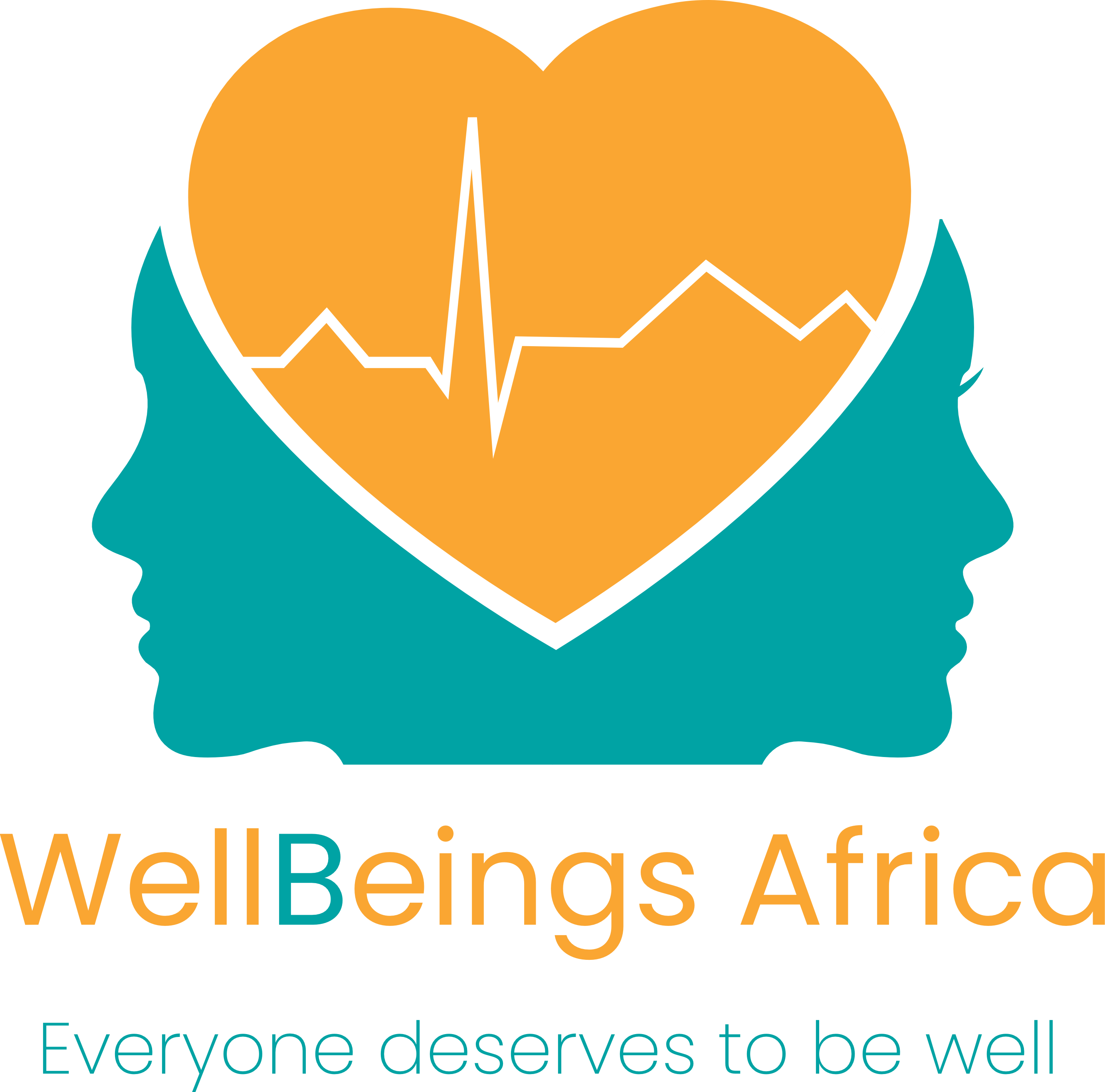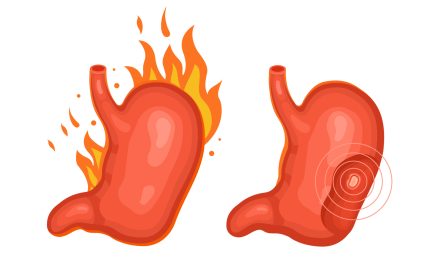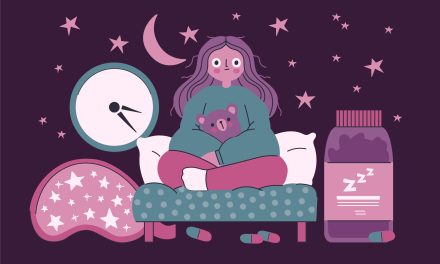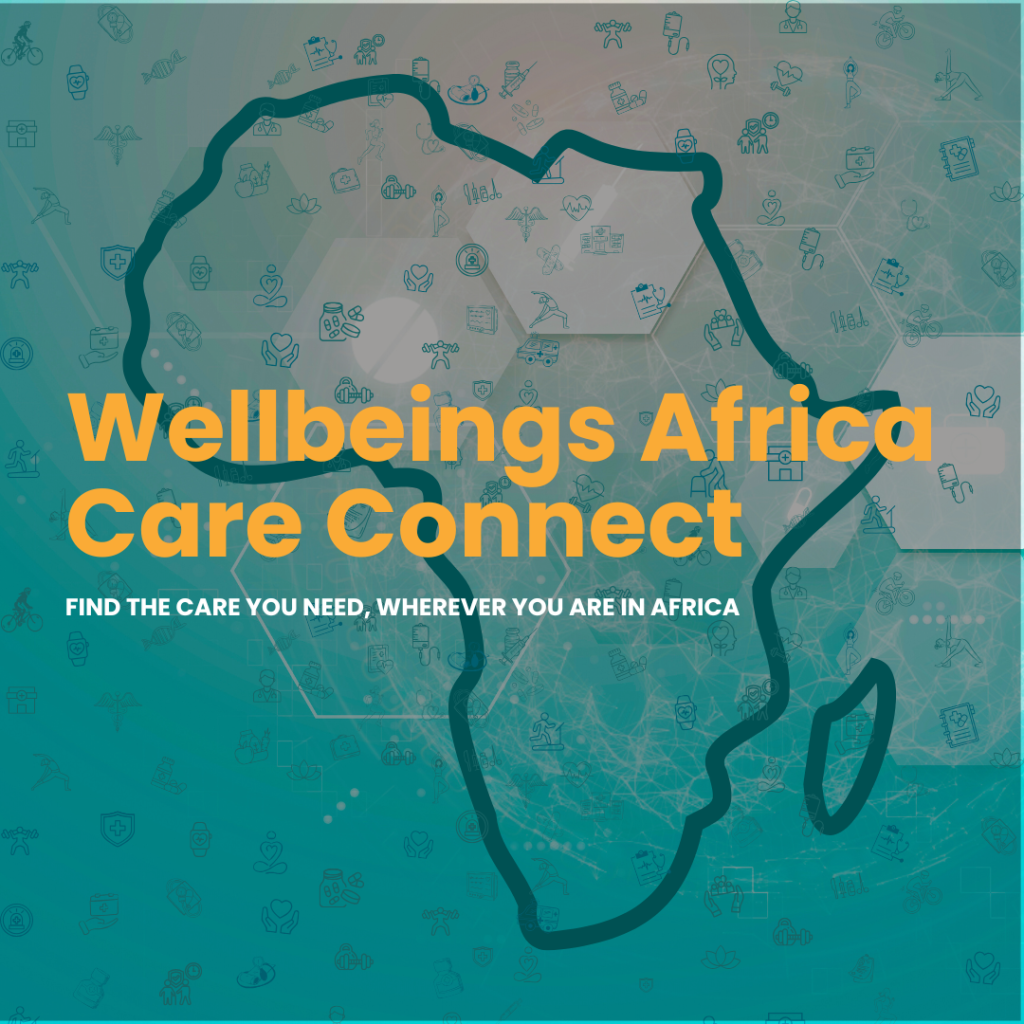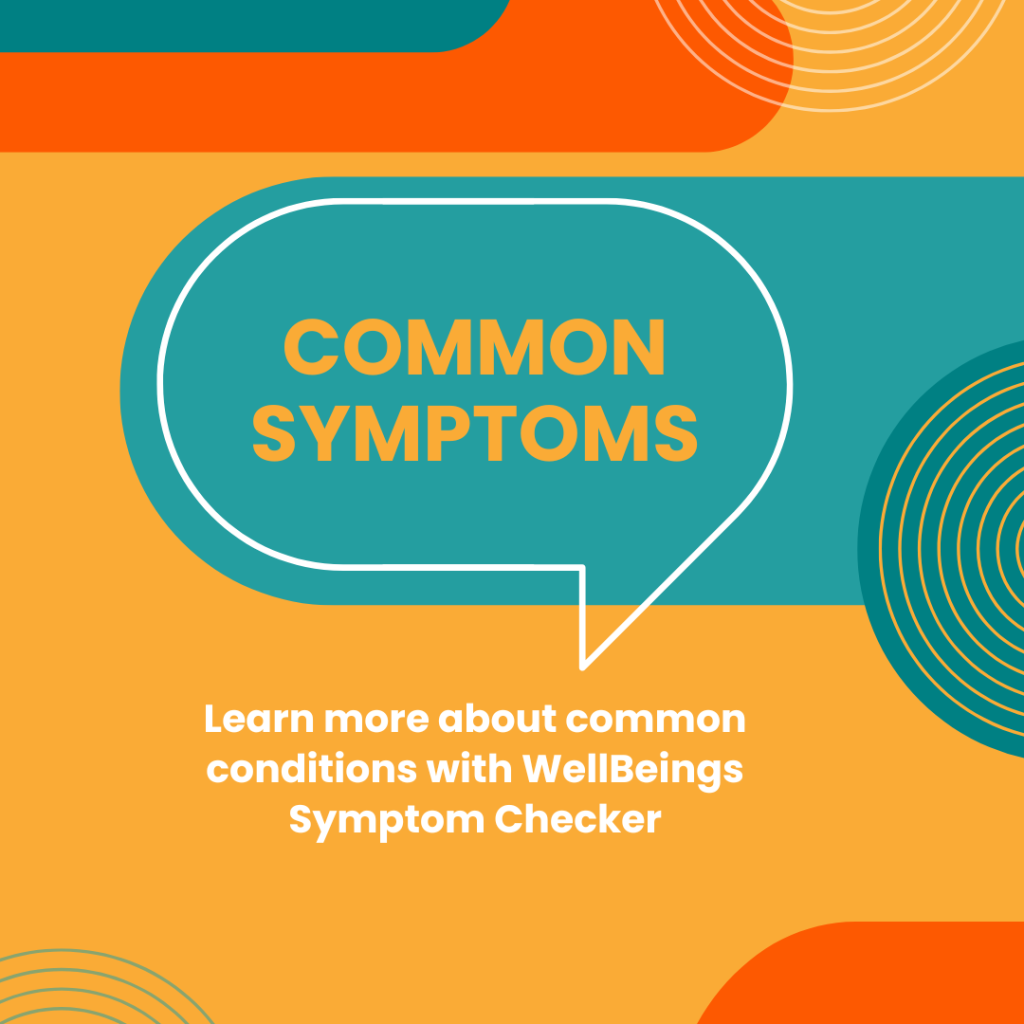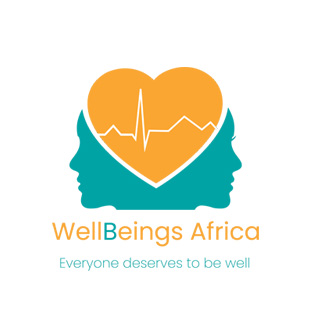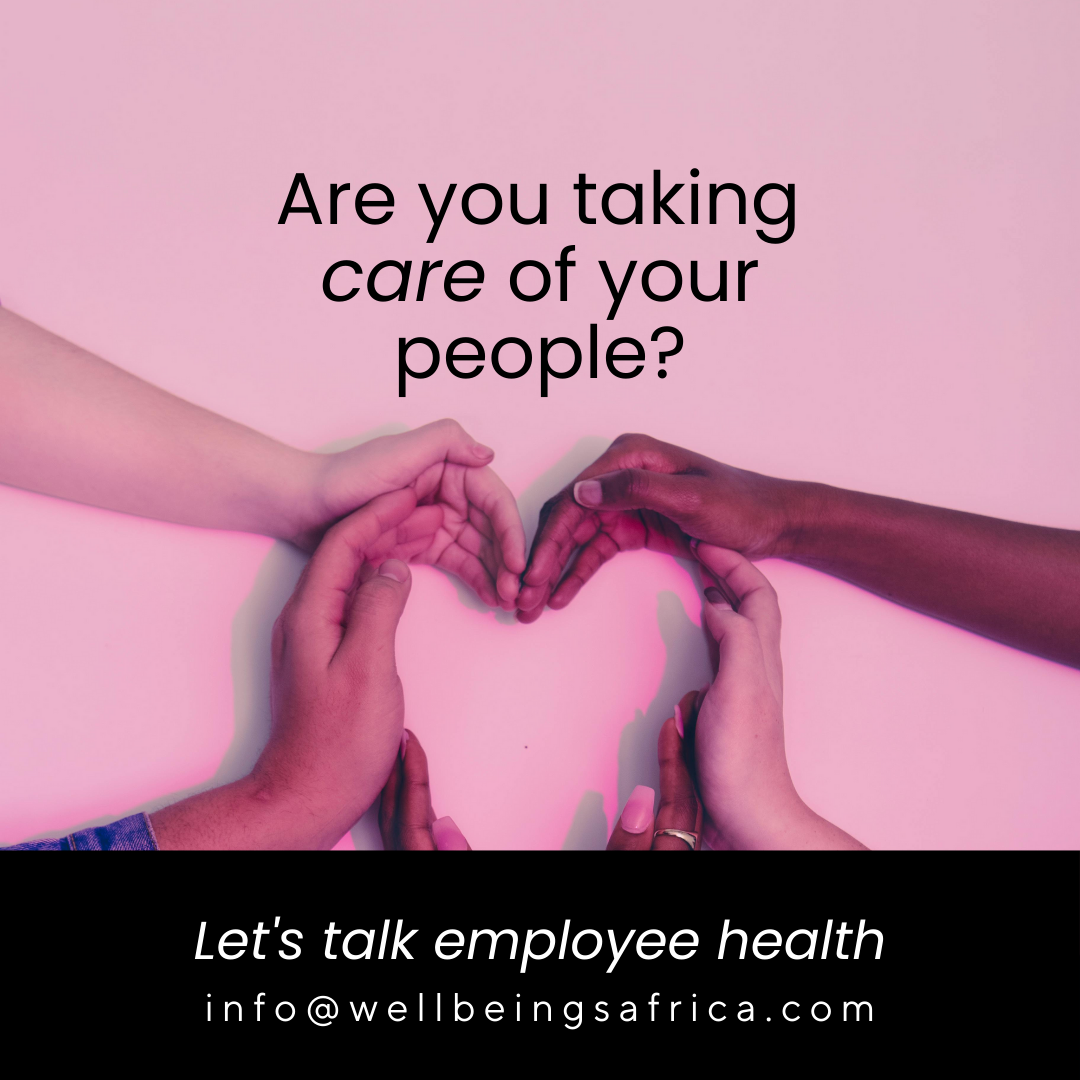TB is one of the deadliest diseases in Africa
Tuberculosis is a serious disease and it’s extremely prevalent in many parts of Africa. On the positive side, the World Health Organization says, “Those who are infected but free of disease cannot transmit it. TB disease is usually treated with antibiotics and can be fatal without treatment.”
Let’s learn more on how to recognise the common signs of TB – and to stay as healthy as possible.
Quick Read:
- Tuberculosis (TB) is a chronic infectious disease caused by a bacterium called Mycobacterium tuberculosis.
- This bacterium usually appears and destroys parts of the infected person’s lungs, making it difficult to breathe.
- It can also spread to and attack other parts of the body such as the bones, joints and the nervous system.
1. Who gets TB?
TB can affect anyone, but especially people who are in close contact with someone who has TB and those who live in an overcrowded area without enough ventilation. It can also affect people who have other health conditions like HIV, diabetes or cancer. Young children under the age of four are particularly vulnerable.
2. TB + HIV = a dangerous combination
One of the strongest risk factors for developing active TB is having HIV. In South Africa, over 70% of TB patients are also HIV-positive. This shows the critical connection between the two diseases. A weakened immune system from HIV makes it easier for latent TB to become active, increasing the patient’s risk of severe illness.
3. How TB spreads
TB is an airborne disease. It spreads when a person with active TB in their lungs coughs, sneezes or talks, releasing tiny droplets containing TB bacteria into the air. People nearby can inhale these droplets and become infected. Those who are in crowded and poorly ventilated areas are more at risk of an infection.
4. Latent vs. active TB
The good news is that not everyone infected with TB bacteria becomes sick. Latent TB means the bacteria are present but inactive. People with latent TB generally have no symptoms and are not contagious. However, if their immune system becomes weaker, the bacteria can become active, leading to TB disease, which is infectious and can spread to others.
5. Common TB symptoms
- Persistent cough lasting more than two weeks
- Fever
- Night sweats
- Chest pain
- Fatigue
- Weight loss
It’s important to know that although TB mainly targets the lungs, it can also affect other parts of the body. This is known as extrapulmonary TB and it can impact your bones, joints, kidneys, and brain (leading to TB meningitis), lymph nodes, and even the skin. Extrapulmonary TB is more common in people with weakened immune systems, such as those with HIV.
TB treatment involves taking a combination of antibiotics every day for at least six months, which can feel like a long time. It’s understandable that this can be challenging, especially when you start feeling better before the treatment is complete.
Sticking with the full course is so important – it helps to fully clear the infection and prevent the bacteria from becoming resistant to the medication. Missing doses or stopping early can lead to more serious forms of TB that are much harder to treat. So, take heart in knowing that TB is preventable and curable, but you must get help as soon as possible and complete your medication schedule as prescribed.
Image: Freepik
